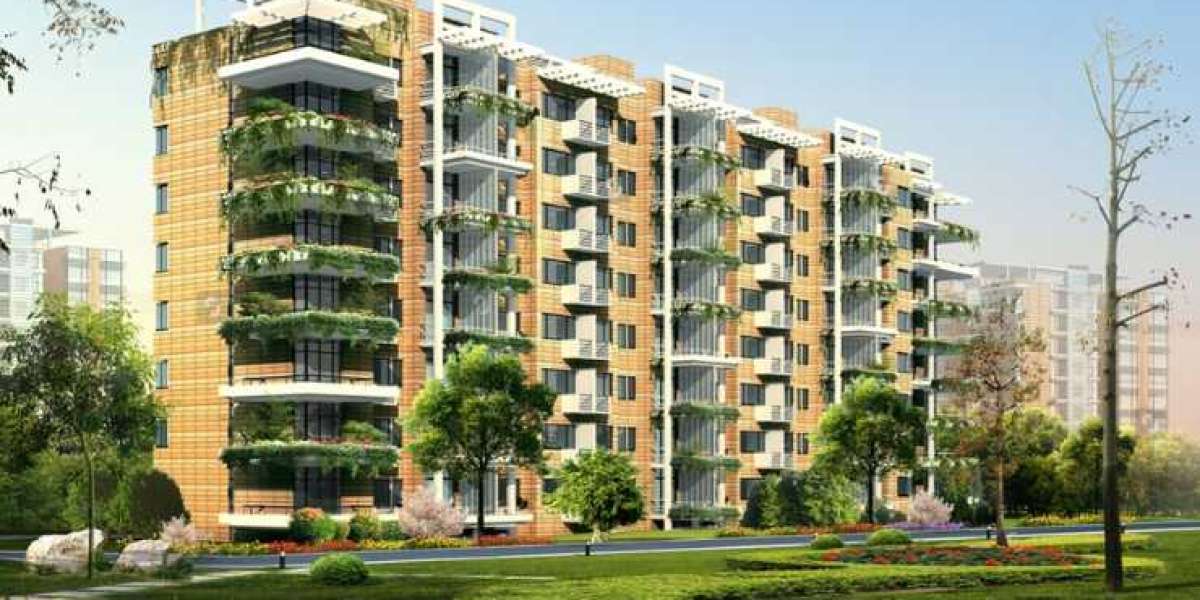Dubai is a global leader in innovation, and its architecture is a testament to that. Architectural scale models play a crucial role in visualizing projects before construction.
With advancements in 3D printing, these models have reached new levels of accuracy. This technology allows architects and developers to present precise, intricate designs with minimal errors.
High-Precision Detailing
Traditional model-making methods rely on manual craftsmanship. This process often results in slight imperfections due to human error. 3D printing eliminates this issue by using digital blueprints to create precise replicas. Every detail, from window placements to façade textures, is accurately replicated.
Digital-to-Physical Accuracy
Architects in Dubai design projects using CAD software. 3D printing seamlessly converts these digital files into physical models. This eliminates inconsistencies that might arise from manual interpretation. It ensures that every aspect of the design is represented with exact proportions.
Consistency Across Multiple Models
Many large-scale developments require multiple models for different stakeholders. 3D printing guarantees that each model is identical. This consistency is crucial for large projects where accuracy is essential for approvals and investor confidence.
Enhanced Scale and Proportions
Architectural scale models Dubai need to maintain correct proportions to represent real-world structures effectively. 3D printing technology ensures that dimensions are precisely scaled down without distortions. This helps architects present an accurate representation of the final structure.
Complex Geometries Made Easy
Dubai is known for its futuristic architecture. Many of its buildings feature intricate geometric patterns and curved designs. Traditional model-making struggles to replicate these details with precision. 3D printing excels in producing complex structures with flawless accuracy.
Layer-by-Layer Precision
3D printing builds models layer by layer, following a digital design. This method allows for extreme precision, down to fractions of a millimeter. Even the smallest architectural elements, like intricate lattice designs or perforated facades, can be accurately recreated.
Reduced Human Error
Manual model-making depends on skilled artisans, but even experts can make mistakes. 3D printing removes the risk of human error. The entire process is automated, ensuring that every printed model is an exact match to the digital design.
Integration of Different Materials
Modern 3D printing allows for the use of multiple materials in a single print. Architects in Dubai can combine transparent, opaque, and flexible materials to create realistic models. This adds depth and accuracy to scale models, making them more lifelike.
Speed and Reproducibility
Accuracy is not just about precision—it also involves consistency over time. 3D printing allows for quick reproduction of models with identical accuracy. This is particularly useful when developers need to make changes and update models rapidly.
Compatibility with Advanced Design Software
Dubai’s architectural firms use cutting-edge design software such as BIM (Building Information Modeling). 3D printing directly integrates with these tools. This ensures that models reflect even the smallest changes made in the digital environment.
Perfect Alignment and Fittings
Many architectural models require different sections to fit together. 3D printing ensures perfect alignment, reducing gaps or misalignments. This is crucial for showcasing sectional views and removable layers within models.
Increased Durability
Traditional models made from foam or wood are prone to wear and tear. 3D printed models, made from durable resins or plastics, maintain their form longer. This ensures that scale models remain accurate representations for extended periods.
Realistic Textures and Finishes
Dubai’s architects often experiment with unique materials and finishes. 3D printing can replicate textures such as stone, glass, and metal with high accuracy. This enhances the realism of scale models, making them more impactful during presentations.
Improved Communication with Stakeholders
Accurate models help architects communicate designs effectively. Investors, government officials, and clients can visualize projects with greater clarity. This reduces misunderstandings and ensures alignment between all parties involved.
Support for Smart Cities and Urban Planning
Dubai is investing heavily in smart city projects. 3D printed scale models help urban planners analyze layouts and infrastructure with extreme precision. This supports better decision-making and efficient land use.
Compliance with Dubai’s Building Regulations
Building projects in Dubai must meet strict regulations. Accurate scale models help architects assess whether designs comply with local codes. 3D printing allows for quick modifications, ensuring that models align with legal requirements.
Conclusion
3D printing has transformed architectural scale modeling in Dubai. It ensures high precision, reduces errors, and allows for intricate detailing.
Architects and developers can now present highly accurate representations of their projects, leading to better decision-making and stakeholder engagement. As Dubai continues to push architectural boundaries, 3D printing will remain a key tool in creating flawless scale models.











